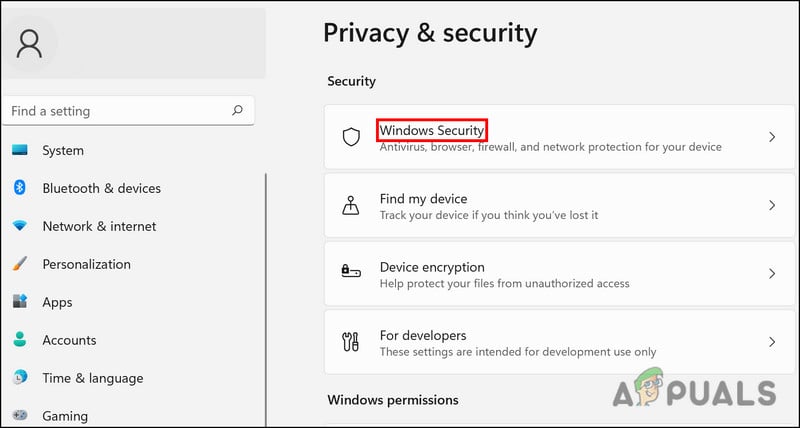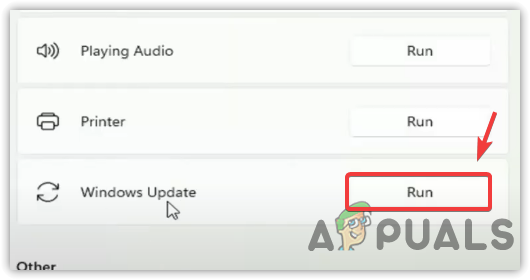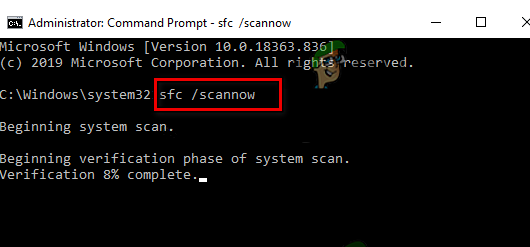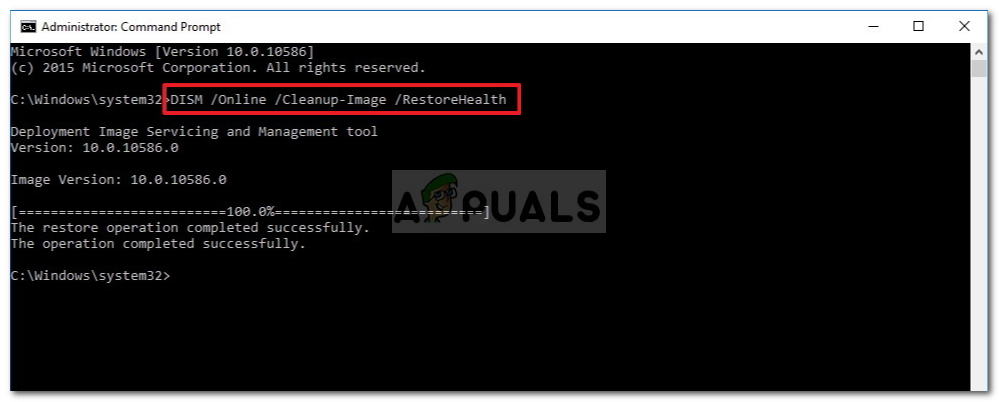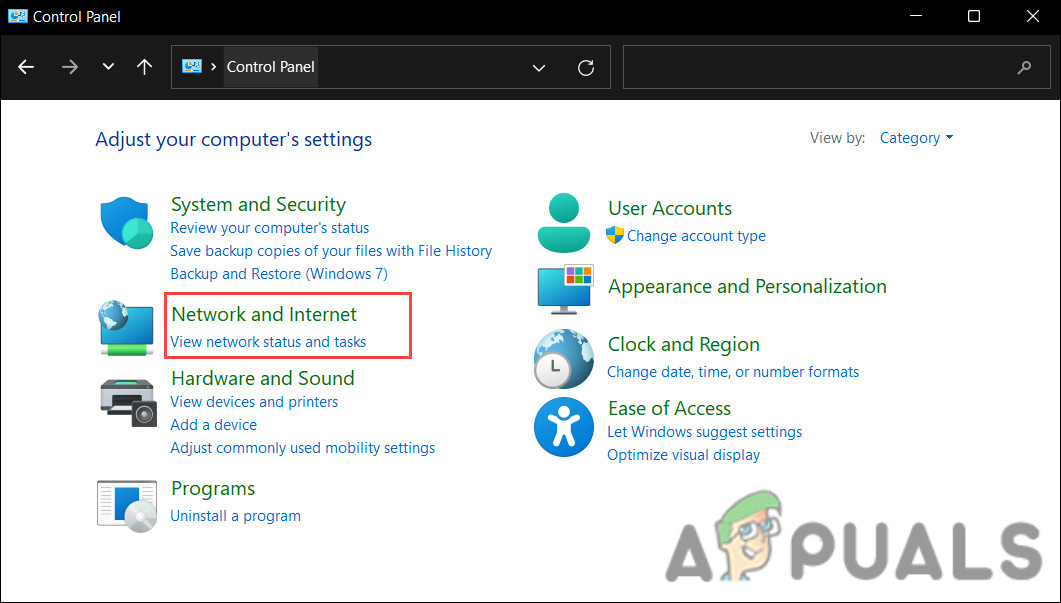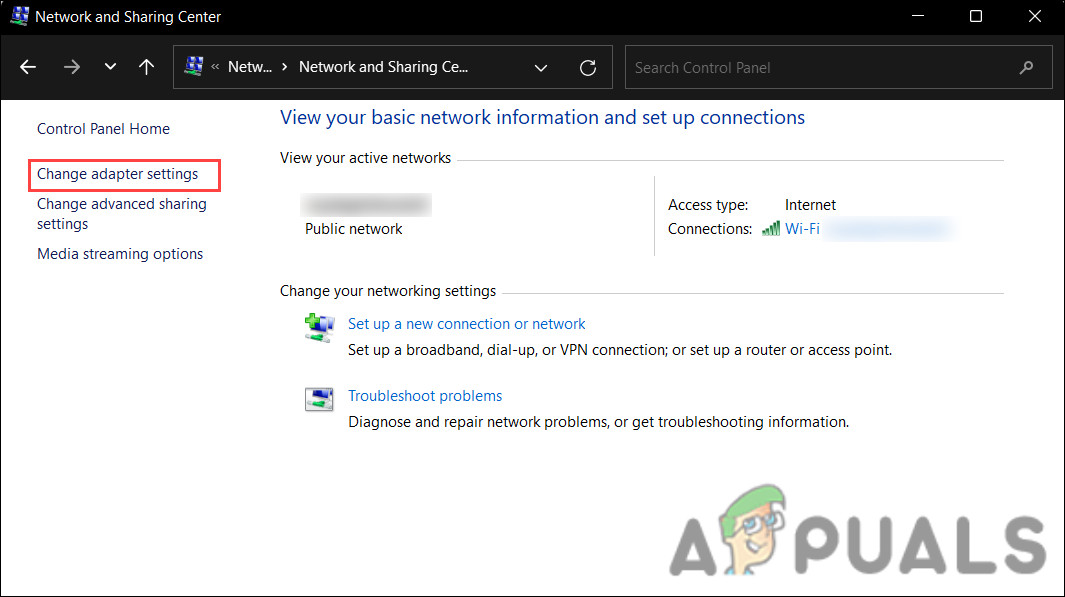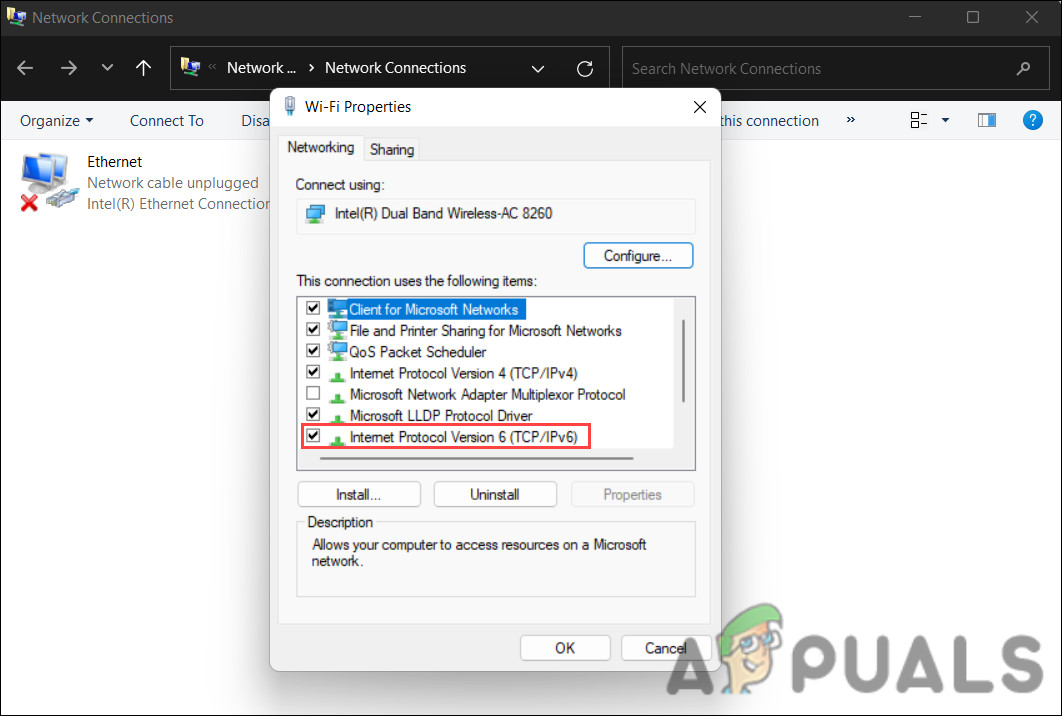Let’s have a look at the troubleshooting methods that can help fix the problem once and for all.
1. Disable Windows Firewall
Update error 0x80240438 typically occur when the security programs in the system block the updates, considering them a threat falsely. This issue can occur with both the Windows Firewall and third-party antivirus solutions. In any case, the only solution is to disable the security program temporarily and then install the update. We highly recommend returning the security program, as not doing so will expose your system to several threats. Here is how you can disable Windows Firewall: If you are using a third-party solution, you can simply click on its icon in the taskbar. Choose Disable > Disable until the next restart. After this is done, head over to the Settings app and install the update it again.
2. Run the Update Troubleshooter
The Update Troubleshooter can also help you fix errors while downloading and installing Windows updates. Microsoft developed it specifically to identify, resolve, and identify potential problems within the system that may cause the problem. Here is how you can run the update troubleshooter:
3. Install the Update Manually
If you cannot install the updates using the Settings app, you can also do it manually using the Microsoft update catalogue. The Microsoft Update Service provides a list of updates launched. You can find Microsoft software updates, drivers, and hotfixes in one place. Here is all you need to do:
4. Run System Scans
In the case of corruption errors or viruses, the built-in Microsoft-developed utilities may be able to solve the problem. We will use System File Checker (SFC) and DISM (Deployment Image Servicing and Management) in this situation. The SFC utility will scan the protected system files for potential issues. If any of the files are corrupt, it will replace them with their healthy counterpart. DISM, on the other hand, is a more powerful tool than SFC and is mainly responsible for repairing a corrupt system image. Here is how you can run the SFC and DISM utilities: Once the command is executed, try to install the targeted update again.
5. Disable IPV6
Users were also able to fix the issue by disabling Internet Protocol Version 6. IPv6 (Internet Protocol version 6) is the sixth revision of the Internet Protocol and it replaces IPv4. It provides unique IP addresses for devices that connect to the Internet. It can sometimes cause issues with installing the updates in Windows. Here is how you can disable it to fix the network drive issue: Hopefully, this will fix the problem.
Fix: Windows Update Error Code 8007371B “Some Updates Were Not Installed"Fix: There’s nothing to record play some more on Xbox AppFix: There are some data after the end of the payload dataHow to Fix ‘Hardware Problems Were Detected’ Error on Windows Memory Diagnostic

